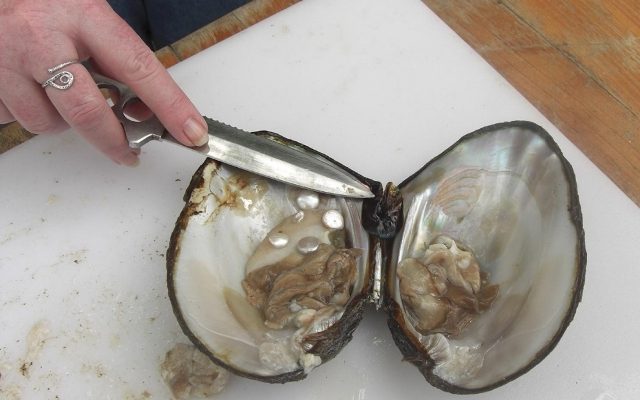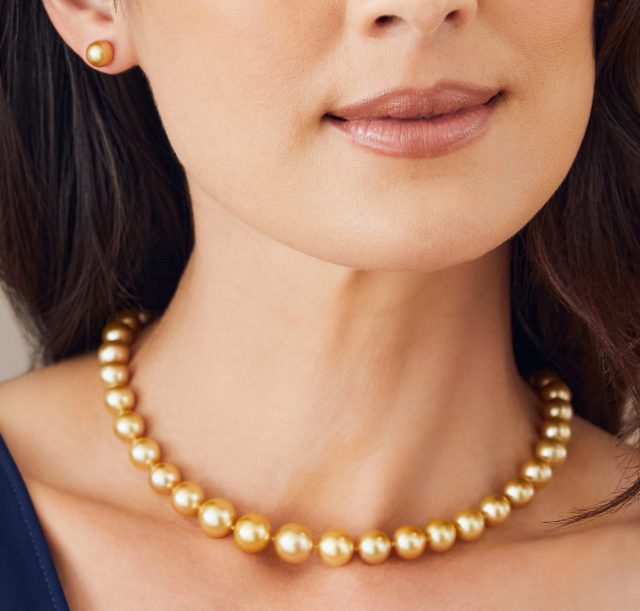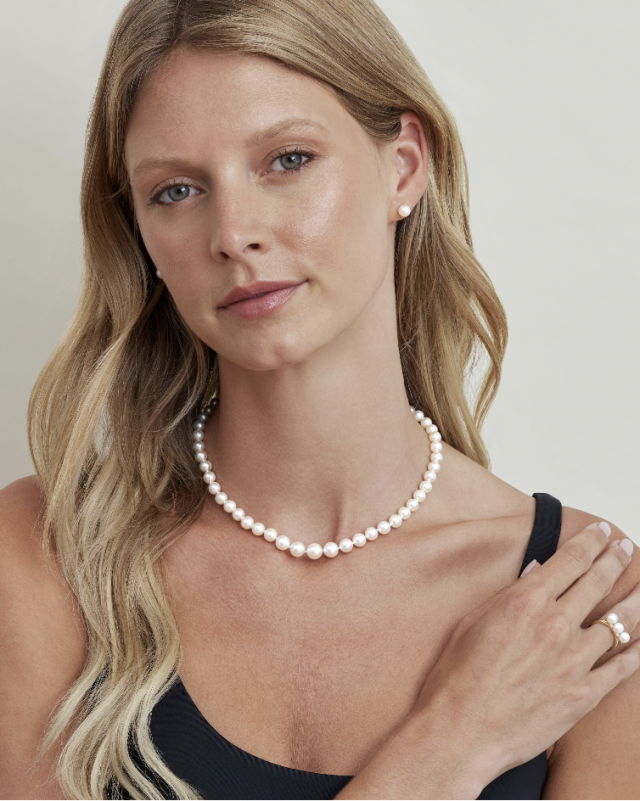Cultured pearls are among the most iconic and beloved gemstones. Known for their timeless elegance and soft, radiant glow, these pearls have been cherished for over a century—but what exactly are cultured pearls, and how do they differ from natural or imitation pearls? Cultured pearls are also known for being affordable pearls, offering a budget-friendly option without compromising on quality and aesthetic appeal.
In this guide, we’ll cover everything you need to know about cultured pearls—from how they’re made to why they’re so valued in fine jewelry. Whether you’re shopping for pearls or simply curious about their origin, you’re in the right place.

Cultured pearls are real pearls that form inside oysters or mussels with the help of human intervention. Unlike natural pearls, which form without any assistance, cultured pearls begin their journey when a pearl farmer inserts a small bead or tissue graft into the pearl oyster to stimulate the formation of nacre—the iridescent substance that builds up to create a pearl.
Over time, layer upon layer of nacre coats the nucleus, resulting in a lustrous, organic gem that’s nearly identical to natural pearls.
Cultured pearls are the most common pearls sold today, accounting for more than 99% of the pearl jewelry market. They’re admired not only for their beauty but also for their accessibility, offering luxury at a range of price points.

The process of culturing pearls is both an art and a science. It requires careful conditions, expert technique, and time—often years—to create a high-quality pearl.
| Feature | Saltwater Pearls | Freshwater Pearls |
|---|---|---|
| Grown In | Oceans (Akoya, Tahitian, South Sea) | Rivers and lakes (mainly in China) |
| Nucleus Type | Bead + tissue graft | Tissue graft only |
| Quantity per Shell | Usually 1–2 pearls | Up to 30+ pearls per mussel |
| Common Shapes | Round, semi-round | Round, oval, baroque |
| Price Range | Generally higher | More affordable, with cultured freshwater pearls being prevalent and affordable due to advanced farming techniques |
The modern pearl industry began in 1893, when Japanese innovator Kokichi Mikimoto successfully created the first cultured pearl. His breakthrough revolutionized the jewelry world, making pearl necklaces and earrings more accessible while preserving the elegance of natural pearls.
By the mid-20th century, cultured pearls had become a staple in fine jewelry across the globe. Today, nearly every pearl you see on the market is a cultured pearl.
“I would like to adorn the necks of all women around the world with pearls.”
— Kokichi Mikimoto
Cultured pearls come in a variety of types, each with its own origin, appearance, and worth. While all are formed through a similar process, the species of mollusk, farming location, and cultivation method create distinct differences in size, color, luster, and price. Round pearls, particularly Akoya pearls, are celebrated for their luminous surface and traditional elegance, maintaining their status as classic jewelry items.
Below are the four main types of cultured pearls you’ll encounter in fine jewelry:
Origin: Primarily Japan and China
Mollusk: Pinctada fucata martensii (Akoya oyster)
Akoya pearls are the most traditional and widely recognized cultured saltwater pearls. Known for their mirror-like luster and near-perfect round shape, they’re a popular choice for classic pearl strands, bridal jewelry, and timeless gifts.

Origin: French Polynesia
Mollusk: Pinctada margaritifera (Black-lipped oyster)
Tahitian pearls are the only naturally dark-colored cultured pearls, offering an exotic alternative to traditional white varieties. They’re prized for their bold colors and metallic overtones, which can range from green and blue to peacock and aubergine.

Origin: Australia, Indonesia, the Philippines
Mollusk: Pinctada maxima (White- and gold-lipped oysters)
South Sea pearls are the largest and rarest cultured saltwater pearls on the market. They are revered for their soft, satiny look, thick nacre, and impressive size—often exceeding 15mm.
Origin: Mainly China
Mollusk: Various freshwater mussels
Cultured freshwater pearls are grown in lakes and rivers and are the most versatile and affordable cultured pearls. Thanks to advances in farming, today’s cultured freshwater pearls can be nearly indistinguishable from saltwater varieties in luster and shape, offering a wide range of quality and variety.
Though more widely available than natural pearls, cultured pearls are still highly prized for their:
Whether you’re investing in a fine strand or buying your first piece, cultured pearls provide timeless elegance and lasting value. They are essential pieces in any jewelry collection, enhancing various outfits with their versatility and elegance.
Visually, cultured and natural pearls are nearly identical. Both are formed organically and feature similar luster, overtones, and surface texture. The difference lies in their internal structure.
To distinguish the two, professional tools are required:
For most shoppers, the more relevant distinction is between real and imitation pearls. Cultured pearls are real—imitation pearls are synthetic.
Are cultured pearls real?
Yes. Cultured pearls are grown organically inside mollusks and are 100% real gemstones.
How long do cultured pearls last?
With proper care, they can last a lifetime and be passed down as heirlooms.
Are cultured pearls valuable?
Absolutely. Their value depends on size, type, luster, and surface quality. Akoya, South Sea, and Tahitian pearls, in particular, can be highly valuable.
Do cultured pearls come in different colors?
Yes—ranging from white and gold to black, lavender, and peacock green, depending on the type.
At The Pearl Source, we specialize in authentic cultured pearls—sourced directly from the world’s top pearl farms and hand-selected for quality. Whether you’re shopping for a classic Akoya strand, bold Tahitian pendant, or affordable freshwater studs, we offer pearls for every style and occasion.
Signup now and receive an email once I publish new content.

Content Writer and Editor at The PearlSource
Kate Muirhead is the editor and content writer for leading pearl retailer The Pearl Source. She believes in the power of signature jewelry, and that collecting it is half the fun.